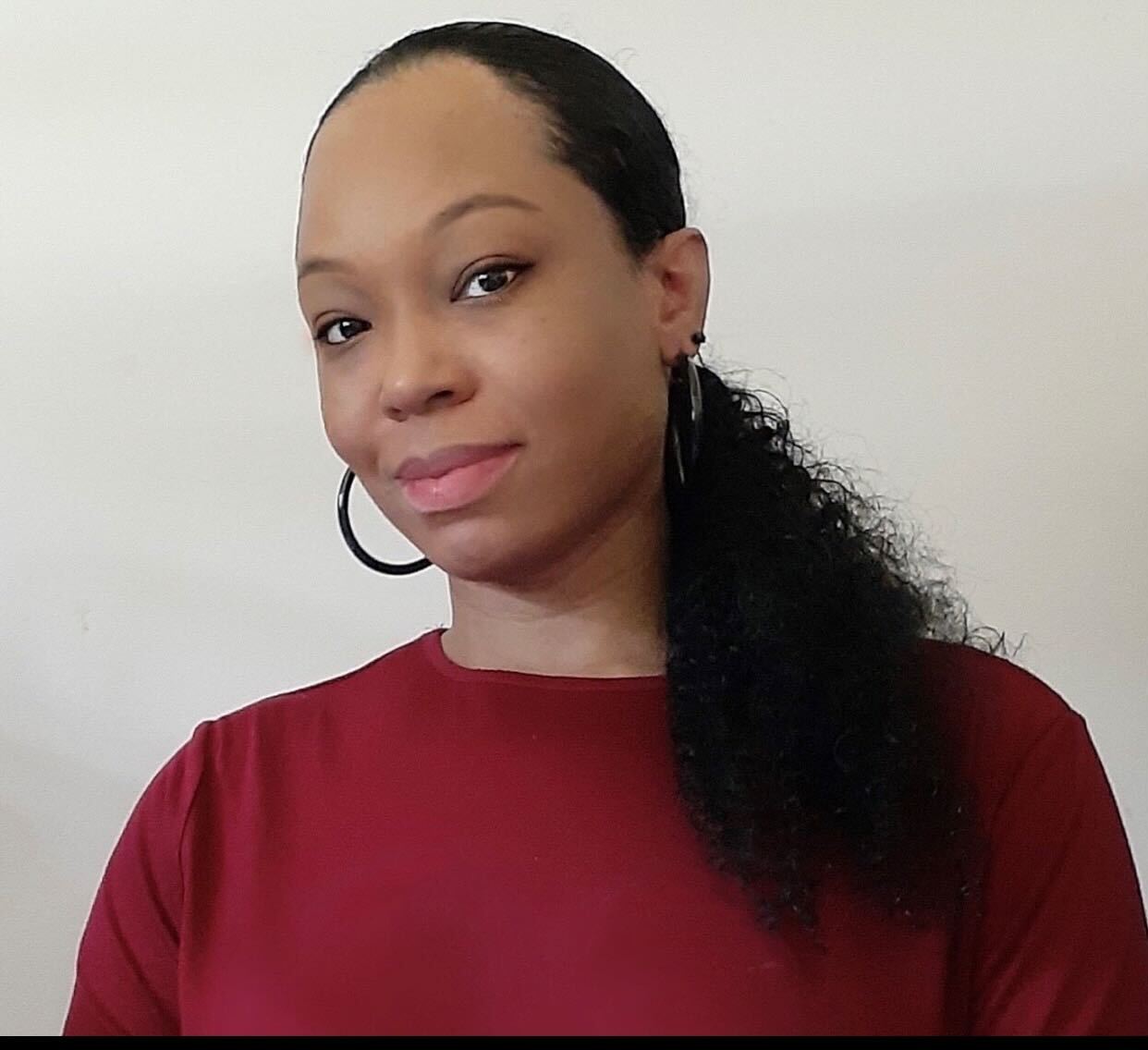Evan Lian is cohost of the podcast Two Dudes Watch Cartoons, which he's been editing with Descript since 2021. He told us that Descript, and the release of Storyboard in particular, is a big part of why their show has grown so fast on social media in the past year and a half. We asked him to tell us more.
Briefly, tell us a little bit about how you use Descript for Two Dudes Watch Cartoons.
I started using Descript to edit our audio episodes a few years back; the document-style editing saved me hours of staring at waveforms. Then, when Storyboard was announced, we took the time to learn it so we could add video to our repertoire, start posting to YouTube, and being more active on social media with short form content.
Tell us how you turn your audio content into short social clips.
I import my video files as a multitrack sequence into a new composition, where I edit the episode itself and add in our show's branding and theme music. As I'm going through the episode edit, I'll mark spots that might make for interesting clips and clip them to a new composition to edit later as vertical clips.
How’s it going with video — is it helping?
Video, specifically short-form, has been the main driver of our show's growth over the last year and a half. With some fairly consistent posting, we've built a modest audience on TikTok (2200 followers) and accumulated hundreds of thousands of views and likes, just by posting short clips from each of our episodes. Making short-form video content allows you to highlight the best moments of your episodes and get your show to new eyes and ears.
What's your advice for people who say that creating a video for their podcast takes too much time?
Is it extra work to create video content for your show? Sure, but it's also a much better use of your time when it comes to growing your show organically on social media. By now, you've probably seen one of Adam Mosseri's many announcements about Instagram starting to prioritize video content and in the podcasting industry; we're starting to see video become a bigger part of the conversation.
What I haven't seen as much of is a solid explanation of what that means for you and your show, so I'm here to answer that for you as plainly as I can: Short-form video has an outsized reach beyond your existing audience. I repeat: Short form video has an outsized reach beyond your existing audience.
And that goes for TikTok, Instagram Reels, Facebook Reels, and YouTube Shorts. Making video content allows you to be on all these platforms simultaneously, where they are prioritizing short-form video.
The most pressing question for almost every podcaster when they get started is "How do we get more listeners?" And right now, there is this golden opportunity sitting in front of us saying, "Hey, if you put this in a vertical video format, we'll try to show it to some new people for you."
Below are two examples from our Instagram Reels. These two are certainly stellar outliers, but our Reels will regularly get thousands of views on a platform where we have fewer than 700 followers.

Any workflow tricks for working in Descript?
"/" and “ctrl+shift+v” are my best friends when I'm making video clips for an episode. "/" adds a new scene to the transcript so you can format or rearrange things in a specific scene, and “ctrl+shift+v” allows you to paste the attributes of one scene to another. So I'll use "/" between speaker changes so I can change the video layer being displayed. If I need to make changes to one speaker's scenes for any reason, I'll use “ctrl+shift+v” to copy-paste the attributes to their scenes specifically.
Head to the Help Center to learn more about working with scenes and repurposing content for social media.
What's a Descript feature you wish you’d known about earlier?
Templates! I started using the new Descript very early in beta and never took the time to figure out how to use it or even ask. Actually, a recent #MadeinDescript blog post that mentioned templates prompted me to finally sit down and learn how to use them (it's not hard at all) so I'm excited to add that to my workflow. It's going to save me so much time formatting stuff.
Where do you go for ideas when your creative well runs dry?
I look at other podcasts and content creators on YouTube and TikTok. I see how they lay out multiple guests in their videos, I look at how long their clips are and what sort of content does well. One thing I’ve learned over time is that creating short-form content from your podcast is an exercise in brevity. If you have a minute-long clip that you really like, you can probably actually cut it down to 30 or 40 seconds. There's a lot of run-up to making a point or additional context in how we normally speak on a podcast that you can cut out to make your clip much more engaging. Short form video is consumed quickly and you only have a few seconds to catch someone's attention when they're scrolling through TikTok or Instagram reels.










































